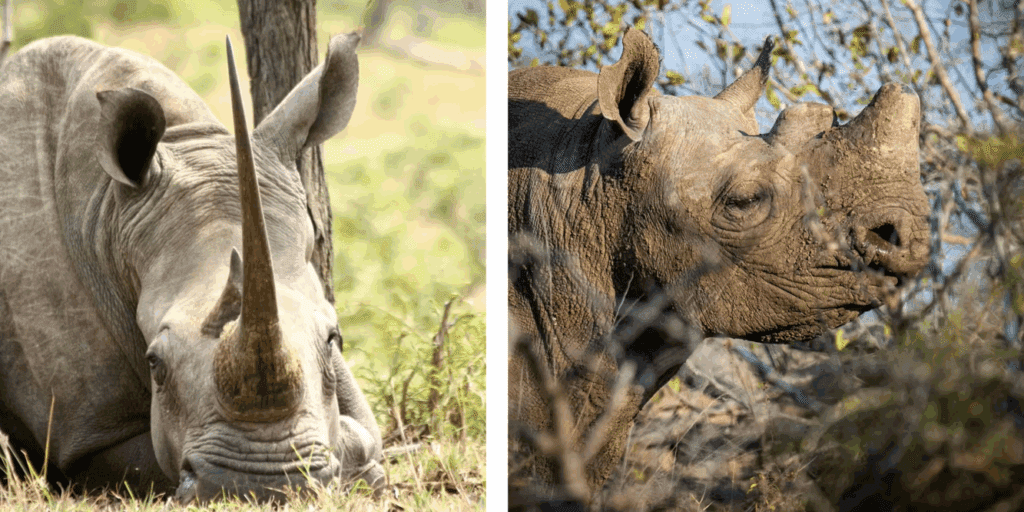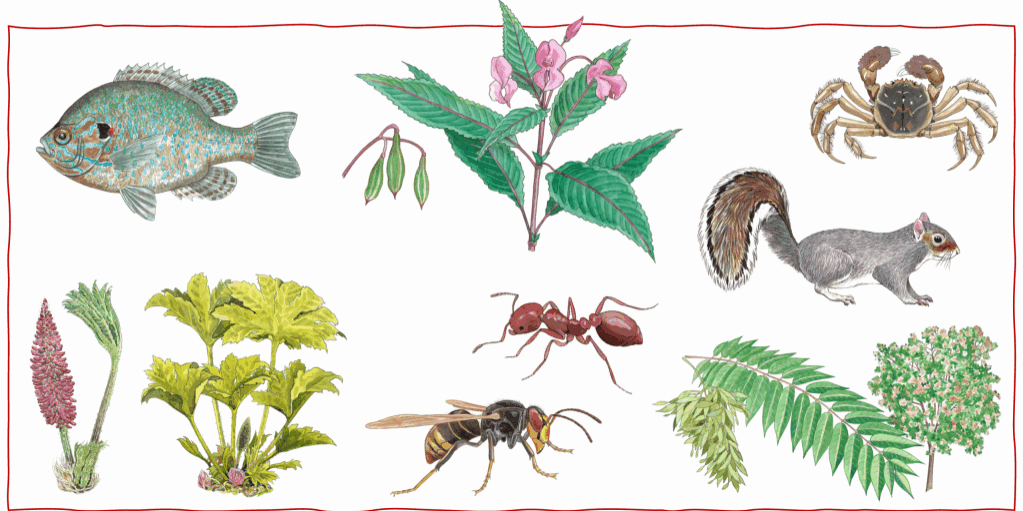Conservation on a wing and a prayer, or following the evidence?
Andrew Bladon is the lead author of the Butterfly and Moth synopsis. His research focuses on investigating the impacts of fine-scale temperature changes on butterflies, designing and testing conservation actions, and understanding the causes and consequences of insect declines.
Last month, we published our 25th synopsis, a global synthesis of evidence for conservation actions for butterflies and moths. Featuring 587 studies testing the effectiveness of 152 possible actions, and reviewed by 20 experts from around the world, the synopsis summarises evidence for the impact of interventions ranging from managing farmland in ways which might benefit insects to restoring degraded habitats, and from restricting chemical and light pollution to using translocations to return butterflies and moths to landscapes they have been lost from.

Some actions feature a remarkable amount of evidence. Thirty studies evaluated the impact of paying farmers to cover the cost of conservation measures, while 24 looked specifically at the effectiveness of planting grass buffer strips or margins around fields. Twenty-two studies tested whether ceasing grazing on grassland benefitted butterflies or moths, and 21 assessed the effects of planting wildflower strips. What you might notice about these actions is that all of them address the threat posed by agriculture to butterfly and moth populations.
Agriculture, both in terms of crop production and livestock farming, is undoubtedly a major threat to butterflies and moths. The combined effects of the loss of natural habitat, and the intensive management of agricultural land, has forced many species out of heavily farmed landscapes. The evidence compiled in the new synopsis reflects the concern among conservationists and land managers about these declining population trends – 47 actions were identified to address the threat of agriculture alone, and 312 of the studies tested their effects. That’s over half of the global evidence for butterfly and moth conservation!

Another major area of research centred on habitat creation and restoration. Many species of butterfly and moth are considered by conservationists to be at risk of extinction due to historic habitat loss and fragmentation. For example, in the UK, the large copper Lycaena dispar dispar went extinct in the country when the East Anglian fens were drained in the 19th and 20th centuries [1], while the Duke of Burgundy Hamearis lucina has become restricted to small, well-managed nature reserves [2]. Reflecting the need to improve habitat conditions, our synopsis found 81 studies testing actions from replanting native vegetation to restoring or creating forests, peatlands and grasslands, for species from marsh fritillary Euphydryas aurinia to the Karner blue Lycaeides melissa samuelis. And a good body of evidence (39 studies) exists around the captive-breeding and translocation of species which have been lost, in particular highly sensitive European species such as the large blue Phengaris arion, Alcon large blue Phengaris alcon and scarce large blue Phengaris teleius.

Conversely, actions which address other threats were under-represented. Just six studies were found which tested actions to reduce the impact of light pollution on moths, the full lethal and sub-lethal effects of which are increasingly being realised [3]. And only 12 studies tested the effectiveness of protecting land for butterflies and moths, in part perhaps because, on a global scale, nature reserves are rarely designated for insects [4].

However, the most worrying trend in the synopsis was the lack of evidence for actions which mitigate the impacts of climate change. Climate change is probably the biggest emerging threat to butterflies and moths, and a range of long-term studies have demonstrated that species are responding in a number of ways, from emerging earlier in the year, to expanding their ranges into cooler areas, and declining in the warmer parts of their range [5,6]. As well as extreme weather events such as heatwaves and droughts, climate change can cause storms and flooding, or alter habitat suitability, all of which threaten the survival of butterflies and moths. However, we found just one study testing an action to mitigate the impact of climate change, a worrying gap in the scientific literature given the magnitude of the threat posed by climate change.
But there is hope. Among our fantastic team of Evidence Champions, the Wildlife Trust for Bedfordshire, Cambridgeshire and Northamptonshire are already responding to this need. Through the innovative Banking on Butterflies project, they are using a robust field experimental design to test whether creating new earthwork banks on existing nature reserves can help butterflies, and other insects, to cope with the local effects of climate change. The Banking on Butterflies project demonstrates exactly what we mean when we talk about an “evidence revolution” – embedding scientific testing into innovative reserve management, to build new evidence to improve the efficiency, and efficacy, of future conservation.

Further reading
- Pullin A.S. (1996) Restoration of butterflies in Britain. Restoration Ecology, 4, 71–80.
- Turner E.C., Granroth H.M.V., Johnson H.R., Lucas C.B.H., Thompson A.M., Froy H., German R.N. & Holgate R. (2009) Habitat preference and dispersal of the Duke of Burgundy butterfly (Hamearis lucina) on an abandoned chalk quarry in Bedfordshire, UK. Journal of Insect Conservation, 13, 475–486.
- Boyes D.H., Evans D.M., Fox R., Parsons M.S. & Pocock M.J.O. (2021) Is light pollution driving moth population declines? A review of causal mechanisms across the life cycle. Insect Conservation and Diversity, 14, 167–187.
- Douglas F. (2004) A dedicated reserve for conservation of two species of Synemon (Lepidoptera: Castniidae) in Australia. Journal of Insect Conservation, 8, 221–228.
- Fox R., Brereton T.M., Asher J., August T.A., Botham M.S., Bourn N.A.D., Cruickshanks K.L., Bulman C.R., Ellis S., Harrower C.A., Middlebrook I., Noble D.G., Powney G.D., Randle Z., Warren M.S. & Roy D.B. (2015) The State of the UK’s Butterflies. Butterfly Conservation and the Centre for Ecology & Hydrology, Wareham, Dorset, UK.
- Fox R., Dennis E.B., Harrower C.A., Blumgart D., Bell J.R., Cook P., Davis A.M., Evans-Hill L.J., Haynes F., Hill D., Isaac N.J.B., Parsons M.S., Pocock M.J.O., Prescott T., Randle Z., Shortall C.R., Tordoff G.M., Tuson D. & Bourn N.A.D. (2021) The State of Britain’s Larger Moths 2021. Butterfly Conservation, Rothamsted Research and UK Centre for Ecology & Hydrology, Wareham, Dorset, UK.



